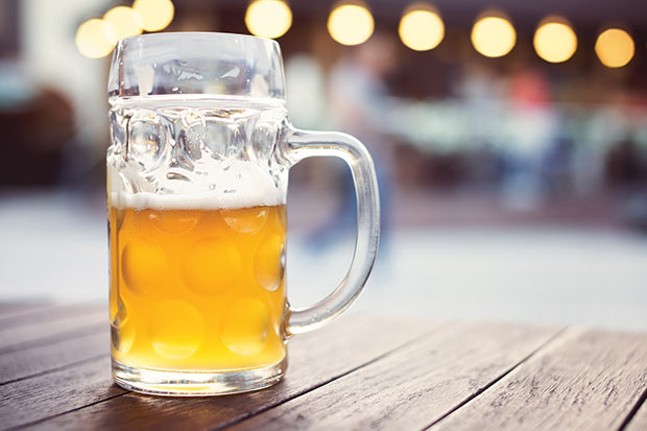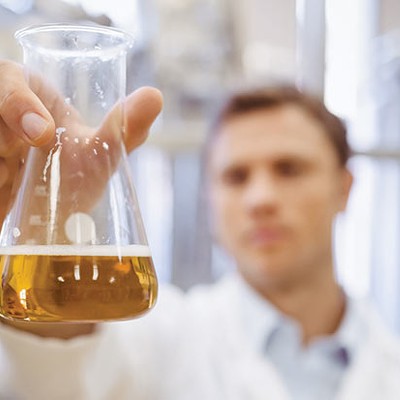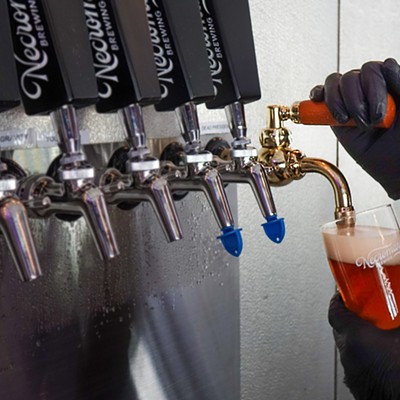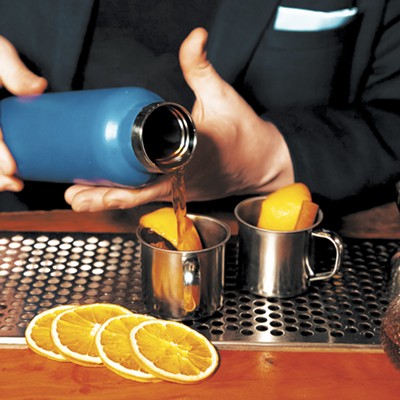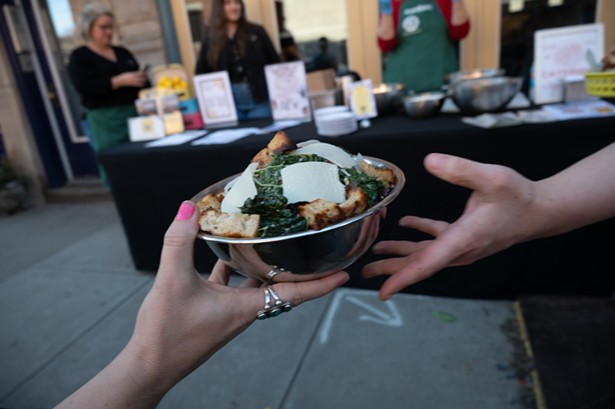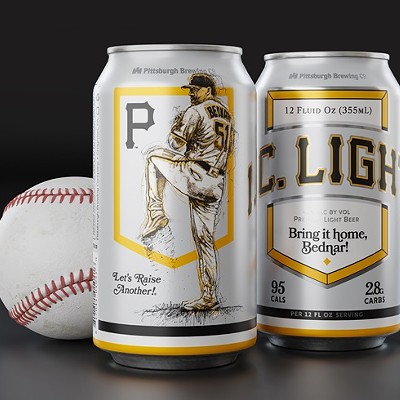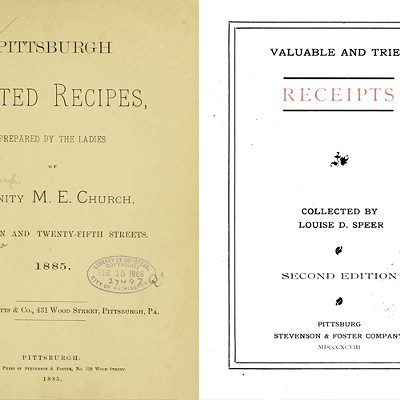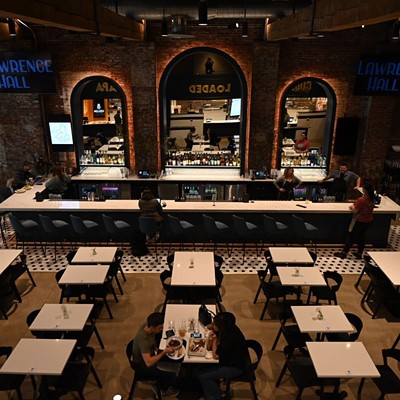Spring is nigh, which means it’s time to return to gardening, baseball and good lager beer. Rich Belgians and boozy imperial stouts are all well and good for the winter hibernation. But when the thermometer starts climbing and the days get longer, I reach for something light, crisp and low in alcohol. And though they may seem simple, crafting a perfect lager is a notoriously difficult task.
First, a few beer basics. Broadly speaking, all beer is either an ale or a lager. The difference is determined by the type of yeast. In ales, fermentation happens at higher temperatures (generally above 55° F), with the majority of the fermentation occurring at the top of the liquid (you may hear ales referred to as “top-fermenting”). Ale yeasts produce complex esters that lend fruit and spice notes — think about the banana and clove flavors present in hefeweizens and many Belgian styles.
Lagers, on the other hand, ferment at colder temperatures (generally below 55° F), with most activity occurring at the bottom (“bottom-fermenting”). At these temperatures, fermentation occurs more slowly and produces far fewer of those fruity esters. These beers then undergo the additional step of lagering (lager literally means “to store” in German). Lagers are aged for several weeks or months at temperatures just above freezing. This allows any extraneous flavors, aromas and haze to dissipate, resulting in the clean, clear lagers we’ve come to love.
Though clarity and crispness are characteristic of all lagers, a wide range of styles exists within that broad category. The Pilsner is one of the world’s most popular lagers, and a true German or Czech Pilsner is miles away from the “fine Pilsner beer” advertised on Miller Lite cans. Named after the Czech town of Pilsen, these brilliant golden beers should burst with spicy and floral hop character. Dry and refreshing, they’re the perfect choice for a bright spring afternoon.
The world of lagers offers much more than crushable lawnmower beers. Lagers can be quite dark and strong, as is the case with sweet and malty doppelbocks or roasty, toasty schwarzbiers. For springtime, a Maibock is particularly appropriate. Often used interchangeably with helles (pale) bock, the Maibock (“May bock”) is customarily served at spring festivals in Germany. Balancing malty richness with clean drinkability, it’s the perfect lager for the transitioning temperatures of the season.
Lagers require plenty of time and space for lagering, and their stripped-down flavor profiles mean there is no room for error in the brewing process. This is why lagers are relatively uncommon among smaller American craft breweries, and why the world’s best examples usually come from well-established European breweries. Nevertheless, we have some fine lagers in the Pittsburgh area. Penn Brewery has snagged numerous awards for its classic lagers, Roundabout often features a Pilsner or an amber lager, and Oakdale’s Helicon Brewing specializes in low-alcohol, German-style lagers.

